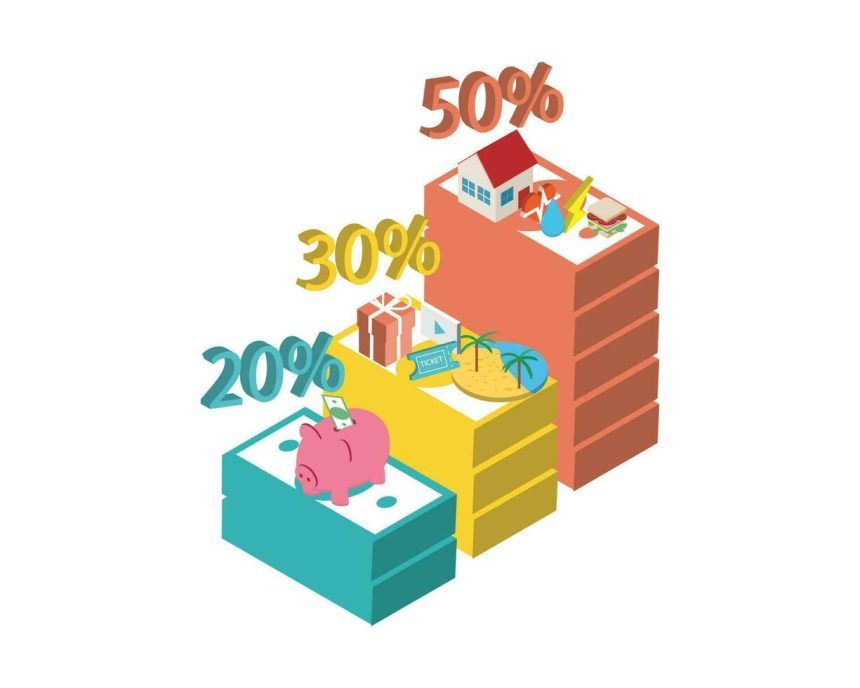Heard about the 50/30/20 budgeting rule? It might seem simple, but trust us, it’s a game-changer if you really get it. So let’s jump into this whole financial enlightenment thing together, shall we?
The Essence of the 50/30/20 Rule
The 50/30/20 rule is a budgeting principle that suggests dividing your after-tax income into three distinct categories: needs, wants, and savings. The numbers represent the percentage of your income that should ideally be allocated to each category. But is it as straightforward as it seems? Let’s delve deeper.
Understanding the nuances of this rule can be the key to unlocking a healthier financial future. It’s not just about splitting your income; it’s about gaining control over your financial life and making informed decisions.
Needs: The 50%
The ‘50%’ refers to the portion of your income that should be dedicated to needs. These are the non-negotiable expenses that you can’t do without, such as rent, groceries, utilities, and health insurance.
However, the challenge lies in distinguishing between true needs and disguised wants. This requires a deep understanding of your lifestyle and a commitment to financial discipline.
Wants: The 30%
The ‘30%’ is meant for wants, the non-essential items that enhance our lives. This could include dining out, vacations, or a new pair of shoes.
While it’s important to enjoy the fruits of your labor, it’s equally crucial to keep this spending in check. The 30% is a guideline, not a target to hit each month.
Savings: The 20%
The ‘20%’ is the portion of your income that should go towards savings or paying off debts. This is where the transformative power of the 50/30/20 rule truly shines.
By committing to save at least 20% of your income, you’re building a financial safety net and working towards your future goals. This is the part of the rule that can truly change your financial trajectory.
The Flexibility of the Rule
One of the most appealing aspects of the 50/30/20 rule is its flexibility. These percentages are not set in stone; they’re starting points that can be adjusted based on your unique financial situation and goals.
For instance, if you’re aggressively saving for a down payment on a house, you might choose to allocate more than 20% to savings. The rule is meant to serve you, not restrict you.
The Power of Conscious Spending
The 50/30/20 rule encourages conscious spending. By categorizing your expenses, you’re forced to evaluate where your money is going and make intentional decisions.
This heightened awareness can lead to better spending habits and a more fulfilling financial life. It’s not just about budgeting; it’s about cultivating a healthier relationship with money.
The Impact on Financial Health
The 50/30/20 rule can have a profound impact on your financial health. By ensuring that you’re not overspending in any one category, you’re setting yourself up for long-term financial stability.
Moreover, by prioritizing savings, you’re investing in your future. The 20% might seem small, but over time, it can lead to significant wealth accumulation.
The Challenges of Implementation
While this rule is a powerful tool, implementing it is not without challenges. It requires discipline, commitment, and a willingness to scrutinize your spending habits.
However, the rewards of this financial discipline are well worth the effort. Over time, you’ll likely find that you’re not just surviving each month, but truly thriving.





